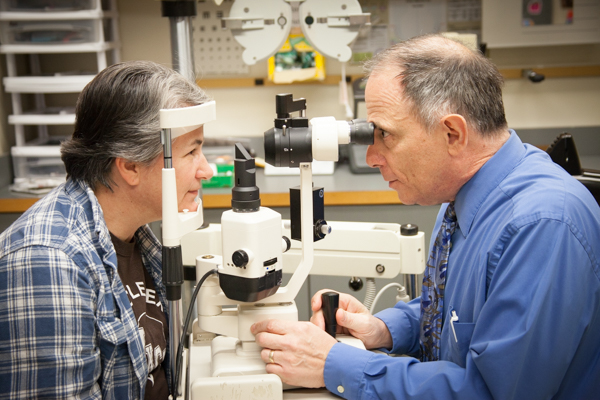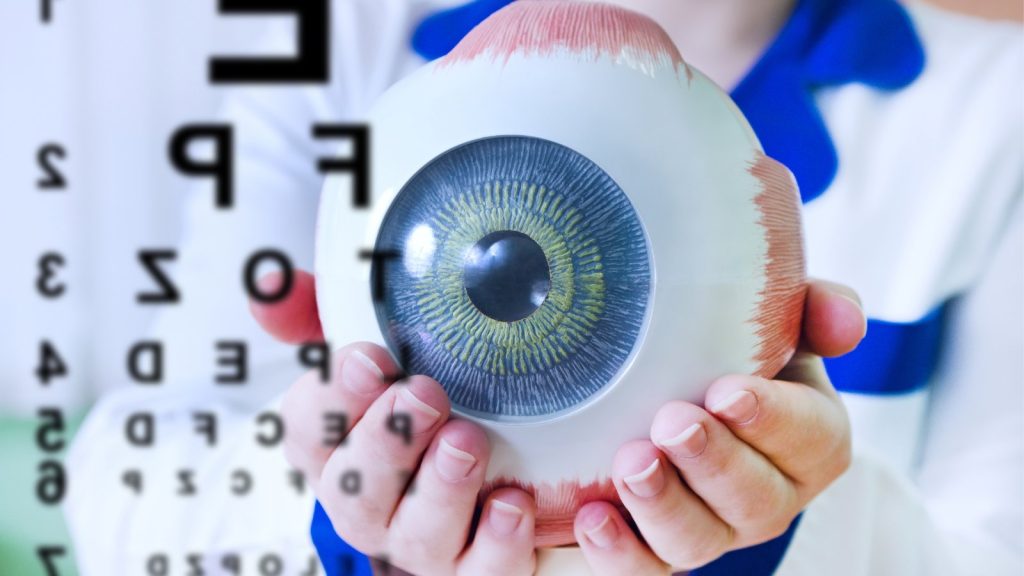Comprehensive Retina Service Near Me: Advanced Eye Health Care
Comprehensive Retina Service Near Me: Advanced Eye Health Care
Blog Article
The Role of Advanced Diagnostic Tools in Identifying Eye Disorders
In the realm of ophthalmology, the utilization of sophisticated analysis devices has actually transformed the very early identification and administration of various eye conditions. As the need for accurate and prompt diagnoses continues to expand, the combination of innovative devices like optical coherence tomography and aesthetic field screening has actually become indispensable in the world of eye care.
Importance of Very Early Diagnosis
Very early medical diagnosis plays a crucial function in the effective monitoring and treatment of eye conditions. By identifying eye disorders at an early stage, health care suppliers can supply appropriate therapy strategies customized to the details problem, ultimately leading to far better end results for individuals.

Innovation for Identifying Glaucoma
Sophisticated analysis technologies play a critical function in the very early discovery and tracking of glaucoma, a leading source of irreparable loss of sight worldwide. One such technology is optical coherence tomography (OCT), which offers detailed cross-sectional photos of the retina, permitting the measurement of retinal nerve fiber layer thickness. This measurement is vital in analyzing damages brought on by glaucoma. Another sophisticated device is aesthetic field testing, which maps the level of sensitivity of an individual's visual field, aiding to identify any type of areas of vision loss characteristic of glaucoma. Additionally, tonometry is used to gauge intraocular pressure, a significant danger factor for glaucoma. This examination is vital as elevated intraocular stress can lead to optic nerve damage. In addition, more recent innovations like the usage of expert system algorithms in analyzing imaging information are revealing encouraging cause the very early discovery of glaucoma. These innovative diagnostic tools make it possible for ophthalmologists to detect glaucoma in its onset, enabling prompt treatment and much better management of the condition to avoid vision loss.
Role of Optical Coherence Tomography

OCT's capacity to evaluate retinal nerve fiber layer density permits for exact and unbiased dimensions, helping in the very early detection of glaucoma also before aesthetic field problems become apparent. Overall, OCT plays an essential role in enhancing the analysis precision and monitoring of glaucoma, inevitably adding to much better results for people at danger of vision loss.
Enhancing Diagnosis With Visual Field Screening
An essential part in detailed sensory assessments, visual field screening plays a crucial function in improving the diagnostic process for numerous eye conditions. By examining the full extent of a person's aesthetic field, this examination supplies essential information concerning the practical honesty of the whole aesthetic pathway, from the retina to the navigate to this site aesthetic cortex.
Visual field screening is particularly important in the medical diagnosis and administration of conditions such as glaucoma, optic nerve disorders, and various neurological diseases that can influence vision. Through quantitative measurements of outer and central vision, clinicians can spot subtle adjustments that might indicate the visibility or progression of these problems, also before recognizable signs take place.
Moreover, visual field screening permits the surveillance of treatment efficiency, helping eye doctors tailor restorative treatments to private people. eyecare near me. By tracking changes in aesthetic see page area performance with time, healthcare carriers can make informed choices concerning changing drugs, recommending surgical treatments, or implementing various other appropriate steps to maintain or improve a client's aesthetic function
Handling Macular Deterioration

Conclusion
Finally, advanced diagnostic devices play a vital duty in determining eye conditions at an early stage. Technologies such as Optical Coherence Tomography and visual area screening have significantly improved the precision and performance of detecting conditions like glaucoma and macular degeneration. Early discovery enables timely intervention and management of these problems, eventually causing much better outcomes for patients. It is important for healthcare professionals to remain upgraded on these developments to offer the most effective feasible treatment for their individuals. eyecare near me.
Report this page